Tiling Bathroom Floors: Use Cement Board to Create a Rock Solid Foundation

by
Home Repair Tutor
(IC: vlogger)
There were some good questions here on Hometalk about using cement board for bathroom floor tile:
Should you use it?
Will it create an awkward transition in the doorway?
Will the height of the new tiled floor be too high compared to my adjacent room?
So in response I put together some key points that will clear up these concerns.
+I would definitely use cement board or HardieBacker for any tile floor
+Make sure you know the rough height of the new tile + thin set + cement board
+Compare the height of your new tile floor with the adjacent flooring
+Pick either 1/4 inch or 1/2 inch cement board for your project
+Make sure your wood subfloor is structurally stable
+Understand how to layout your new cement board so it will be rock solid
For a more detailed look into this process visit my new blog post http://www.homerepairtutor.com/how-to-install-bathroom-floor-tile-part-2/.
There are some other great tips and videos that will help you with understanding why cement board is a great option when tiling bathroom floors.
Should you use it?
Will it create an awkward transition in the doorway?
Will the height of the new tiled floor be too high compared to my adjacent room?
So in response I put together some key points that will clear up these concerns.
+I would definitely use cement board or HardieBacker for any tile floor
+Make sure you know the rough height of the new tile + thin set + cement board
+Compare the height of your new tile floor with the adjacent flooring
+Pick either 1/4 inch or 1/2 inch cement board for your project
+Make sure your wood subfloor is structurally stable
+Understand how to layout your new cement board so it will be rock solid
For a more detailed look into this process visit my new blog post http://www.homerepairtutor.com/how-to-install-bathroom-floor-tile-part-2/.
There are some other great tips and videos that will help you with understanding why cement board is a great option when tiling bathroom floors.
Enjoyed the project?
Published September 1st, 2012 9:30 AM
Comments
Join the conversation
2 of 5 comments




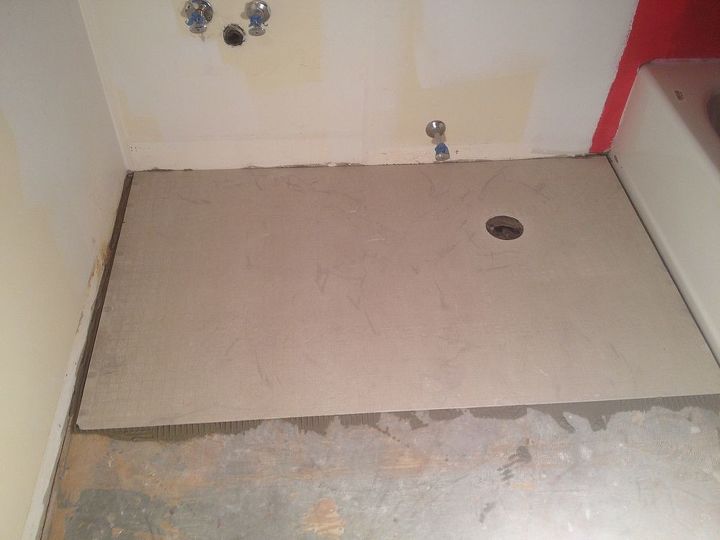






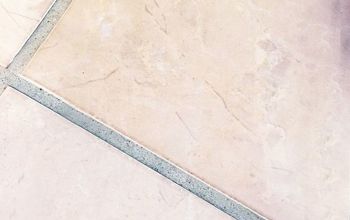
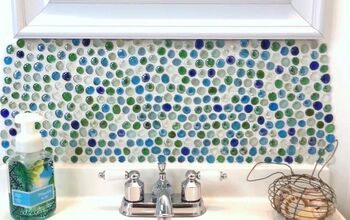
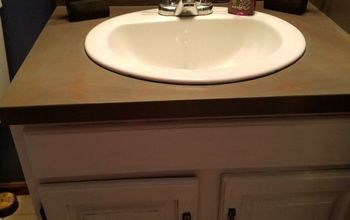
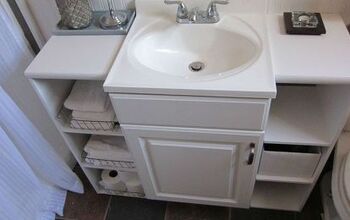

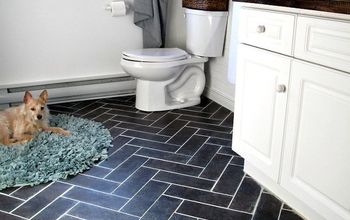
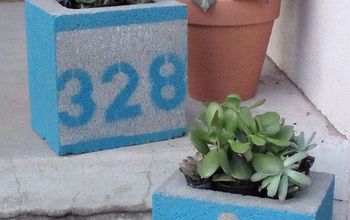







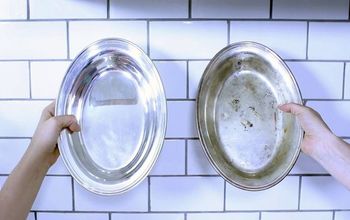


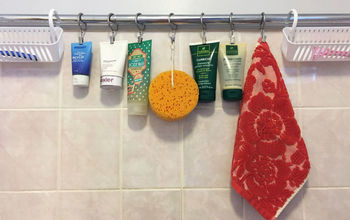
Frequently asked questions
Have a question about this project?